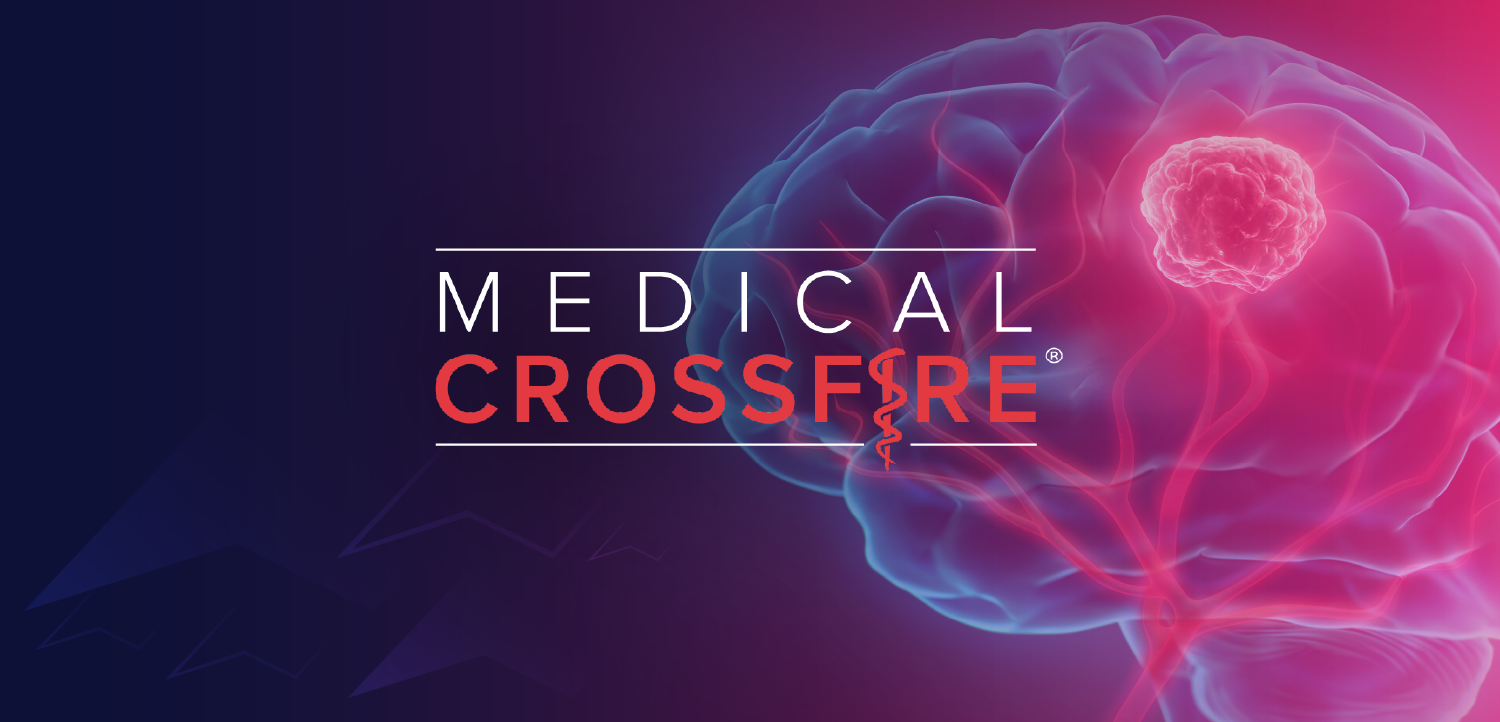
Gene Editing as a Promising Treatment Approach for Duchenne Muscular Dystrophy: Walter Strapps, PhD
The chief scientific officer at Liberate Bio discussed how through the advancement of nonviral delivery technologies and nucleic acid therapeutics, genetic medicines can potentially bring relief to patients with Duchenne muscular dystrophy. [WATCH TIME: 5 minutes]
WATCH TIME: 5 minutes
“[Having a] cure is better than treatment. I mean, that's the advantage of a lot of these [therapies], it could potentially lead to a cure. A ‘one and done’ approach would be phenomenal for a lot of these indications.”
Duchenne muscular dystrophy (DMD) is an allelic X-linked recessive neuromuscular disease that affects both skeletal and cardiac muscles. The current therapies for DMD address the symptoms of the disease instead of the genetic causes that are corrupted in the gene sequence. Thus, alternative treatments such as gene therapies including gene editing with lipid nanoparticles (LPNs) could potentially address the root of the disease.1 By simply swapping out the nucleic acid payload, LPNs have the potential to treat DMD in multiple indications afflicting a particular organ system through the expression of dystrophin.
Although genome editing therapy for DMD could be a promising treatment approach, the main obstacle remains in the delivery of the CRISPR-Cas9/sgRNA system to skeletal muscle tissues. Generally, adeno-associated viral (AVV) vectors are used for the delivery of these agents, but research in animal models shows that the AAV injections are not able to be repeated because of neutralization antibodies.2
Recently, Walter Strapps, PhD, chief scientific officer at Liberate Bio, sat down in an interview with NeurologyLive® to discuss this potential treatment approach for DMD. He talked about how the LPNs directly face the challenge of delivering oligonucleotide therapeutics to specific cells in the body. He also spoke about the advantages that LPNs can offer over other delivery methods. Furthermore, he talked about the primary challenges associated with LPNs and their delivery to target cells, and how machine learning with artificial intelligence are being used to combat it.
REFERENCES
1. Saad FA, Saad JF, Siciliano G, Merlini L, Angelini C. Duchenne Muscular Dystrophy Gene therapy. Curr Gene Ther. 2022;10.2174/1566523223666221118160932. doi:10.2174/1566523223666221118160932
2. Kenjo E, Hozumi H, Makita Y, et al. Low immunogenicity of LNP allows repeated administrations of CRISPR-Cas9 mRNA into skeletal muscle in mice. Nat Commun. 2021;12(1):7101. Published 2021 Dec 8. doi:10.1038/s41467-021-26714-w
Newsletter
Keep your finger on the pulse of neurology—subscribe to NeurologyLive for expert interviews, new data, and breakthrough treatment updates.









































